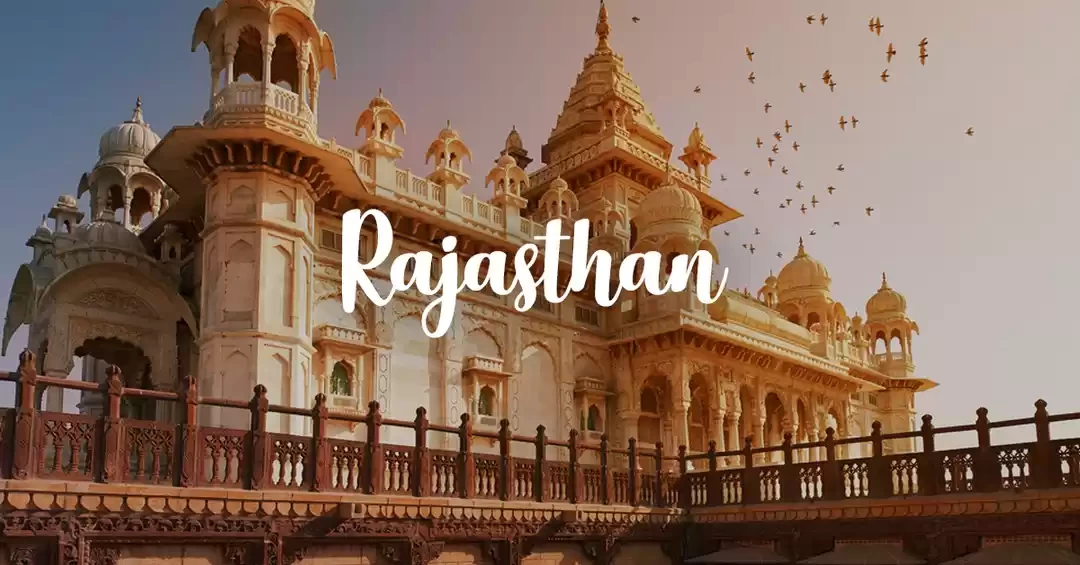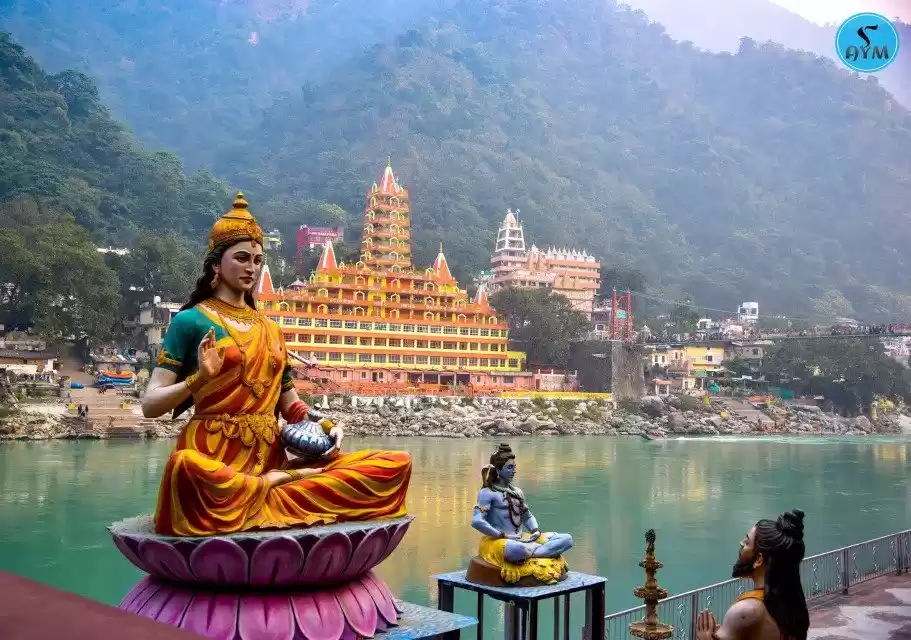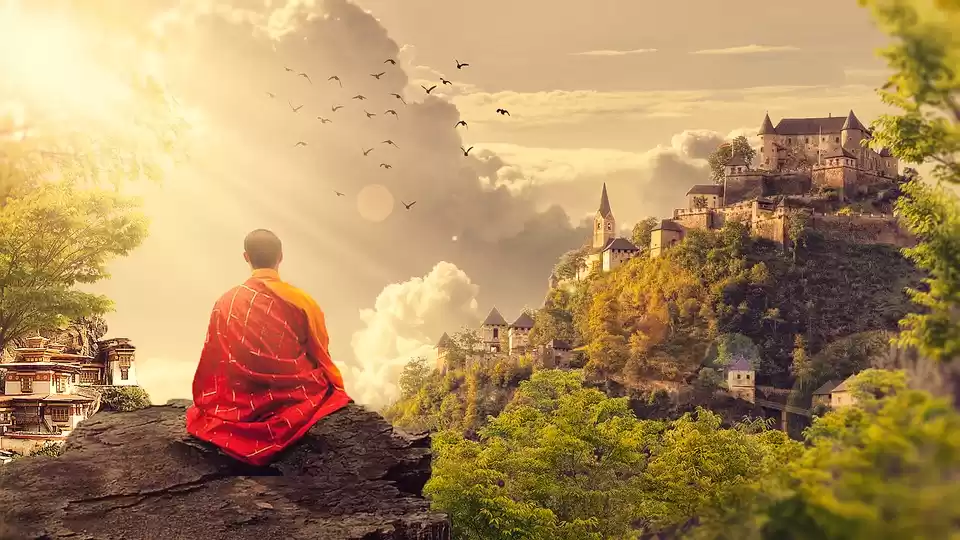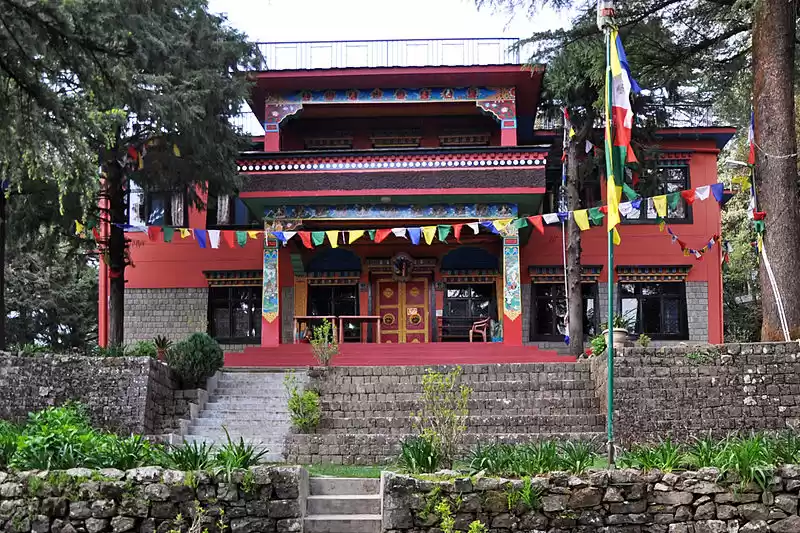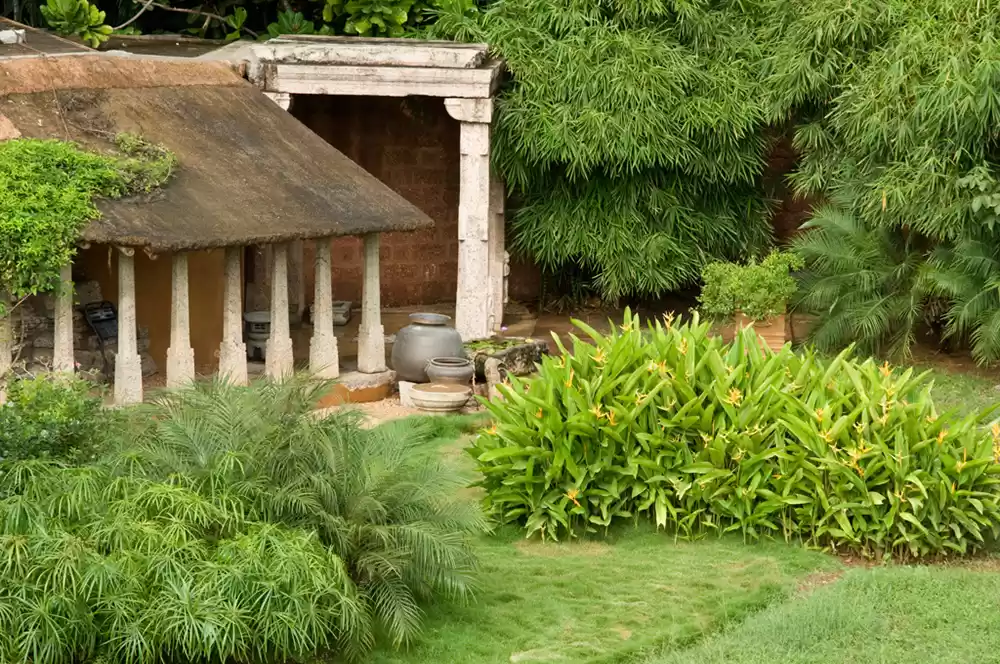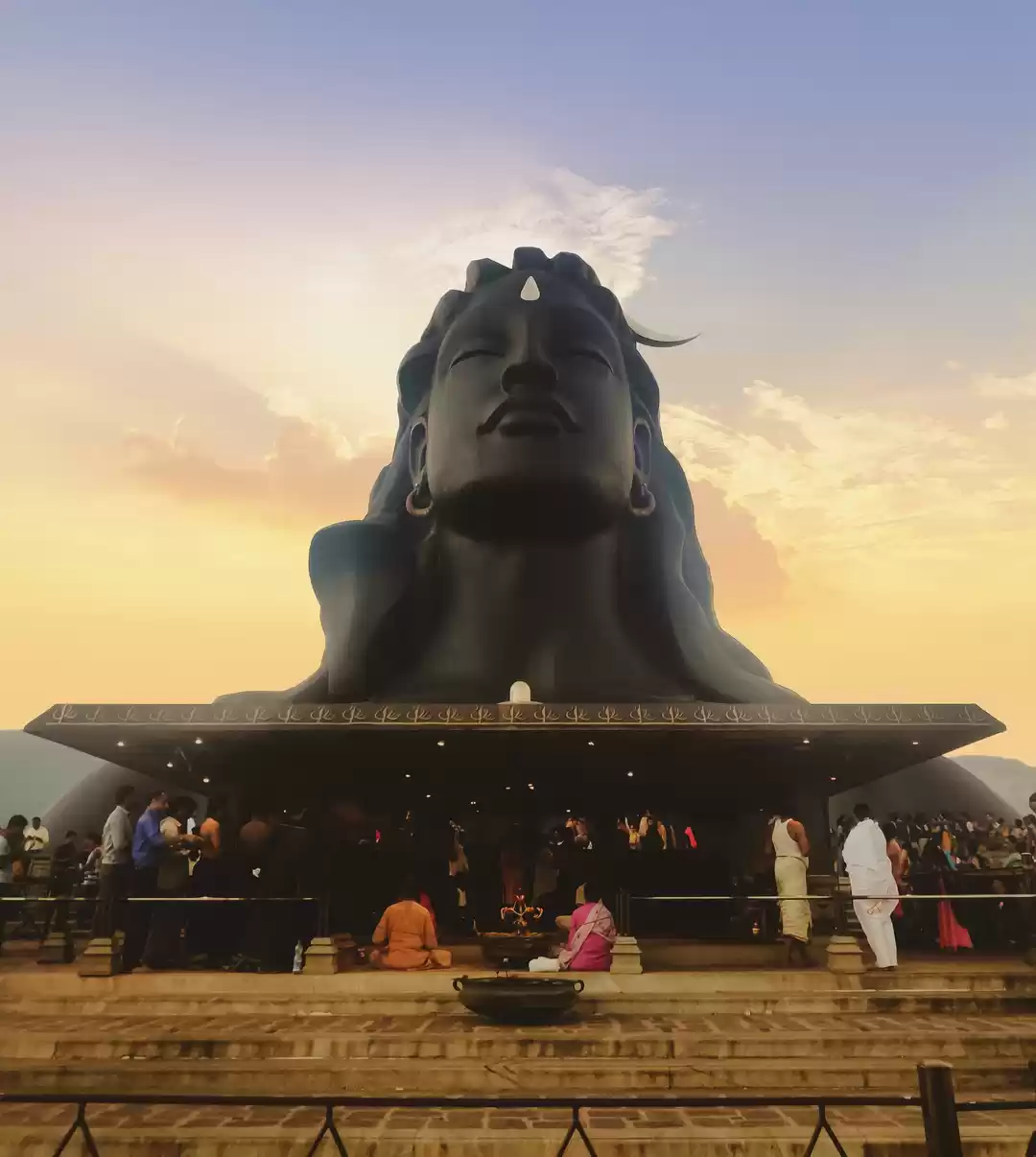A survey last year put the Indian spiritual market at around US$35 billion. Till the 90's, most travellers in India seeking to reconnect with themselves or discover a more compelling meaning to existence, were from the West. But today, we’ve become equally interested in the restorative effects of new-age gurus, ancient yoga, and Ayurvedic practices. Ruchira Bose takes a look across the country to discern the truly transformational from the hocus-pocus.
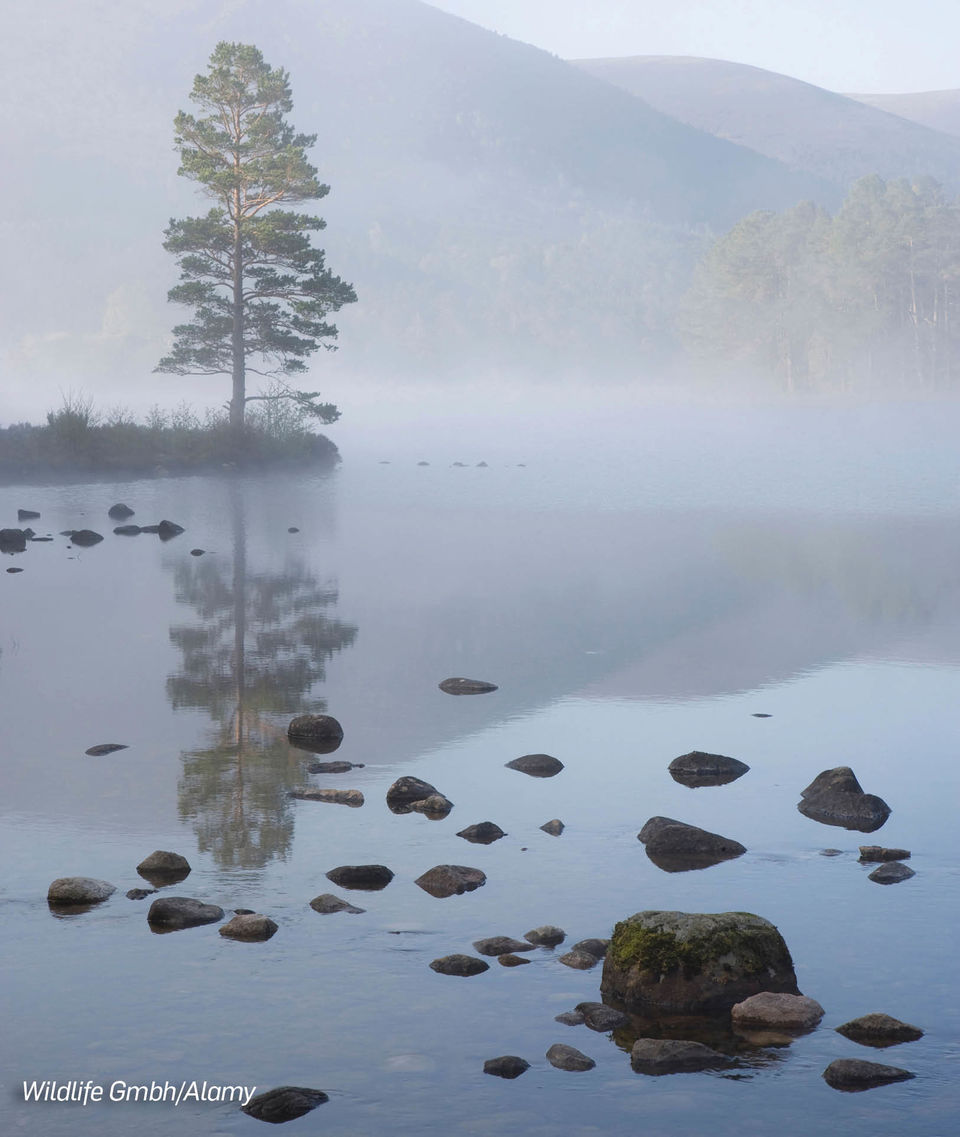
In 2010, Monisha Banerji, a Bengalurubased product designer, was feeling a little burnt out. She was 34 years old and felt she needed a reboot. A friend suggested she travel for a few weeks. But Banerji knew she wanted something more structured and less ‘drifty.’ She didn’t want to wander to find herself, instead she wanted to be guided into ‘rebuilding’ and ‘re-inspiring’ herself.
She had travelled the world enough, and while she loved doing that, she felt this time, she wanted to take a deeper journey, one that would leave her with more than just souvenirs and photographs. Eventually, the search for a more meaningful travel experience led Banerji to a week-long retreat at the Isha Yoga Centre in the foothills of the Vellangiri mountains outside Coimbatore. The benefits from the experience were profound—including a source of inner calm that she keeps alive with regular kriya (a blend of pranayam, chanting, and yoga).
She returns to the Isha Yoga Centre to volunteer and learn new yogic and meditation practices, or simply to feel and absorb the centre’s unique energy. While we can’t deny that a holiday at a gorgeous beachfront resort or hiking through Europe can be wonderfully restorative, Banerji’s wish for long-term travel benefits may resonate with many of us. After all, while it’s lovely to laze on the beach or get a great spa treatment, the calm lasts only until we step back into the grind of our Monday to Friday schedule. How wonderful would it be to be able to keep that same peacefulness we find on a vacation long after we are back in the conference room or cubicle?
At the Isha Yoga Centre in Coimbatore, Banerji says, Sadhguru’s Inner Engineering programme, among others, uses ancient yogic technology and knowledge to help you cultivate this exact ability. Meena Iyer, a regular visitor to Vipassana and Sivananda centres, says, “When you go on a vacation like this, you are fully immersed in a different lifestyle, routine, and you’re guided by highly experienced practitioners. So, even if you couldn’t meditate before you arrived, by the end of your holiday, you have been equipped with the tools that will help you develop or deepen your capacity to find stillness of the mind and a greater sense of awareness. If you keep practicing these, you’ll see how it affects every aspect of your life.”
The concept of physically removing oneself from ordinary distractions has been a staple in meditative practices for centuries. The yogis in ancient times meditated deep inside forests, and Buddhist monasteries were built on remote mountaintops. “Being surrounded by nature and breaking from the usual narrative of our life help us to tap into our own deeper consciousness,” says Mala Barua, who organises and leads retreats for top executives from Fortune 500 companies across the world.
Though these retreats may promote different styles of meditation (and different degrees of creature comfort), all aim to send their participants home with roughly the same thing: a foundation of spiritual practice that they can maintain long after they’ve returned to the hubbub of the outside world. “At the heart of it,” says Mala Barua, “the objective is to get to the point where physical escape is not required anymore—the practice itself becomes the retreat.
Swami Chidanand Saraswatiji Maharaj’s Parmarth Niketan, Rishikesh
The Path: To learn the different forms of ancient yoga, to understand the original concepts of Ayurveda.
The Starting Point: On the banks of the Ganges, Parmarth Niketan is the largest Ashram and yoga centre in Rishikesh. With over 1,000 rooms, travellers come from all over the world to study yoga, witness Ganga Aarti in the evenings, and practice meditation. The Ashram is quite basic and traditional. Anyone can register for the yoga courses that range from beginner levels to teacher’s training. There’s a weekend spiritual retreat that includes prayers, pranayama, Mauna Dhyana Sadhana, Surya Namaskar and basic stretching yoga asanas, a question/answer session, mantra chanting, silent and guided meditations, Karma yoga and Bhakti yoga, walks, and more. Attendees are expected to use the time after dinner for reflection and introspection to determine how they will integrate their learnings into their daily lives. There are other programmes like The Chakradance experience that is based on Jungian psychology. The primary aim is to create between unconscious consciousness and achieving of harmony.
The Destination: To be able to to yourself as well as the universe, to live a more balanced life.

Maharishi Mahesh Yogi's Transcendental Meditation, Delhi
The Path: TM does not necessarily enforce lifestyle restrictions. A 20-minute method of meditation that is said to have incredible powers. It is taught only by highly-trained teachers.
The Starting Point: With millions of followers including Hollywood celebrities, nobel laureates and corporate leaders, TM is one of the most widely known spiritual practices. With more than a hundred centres across the world and in India, it is still headquartered in Delhi. The basic programme teaches you to quieten the conscious mind, reach a state of restful alertness, a state that is so relaxing that it’s twice as deep as the deepest sleep. A four day seminar with two-hour sessions each day teaches you the basics of TM.
The Destination: Twenty minutes of daily practice gives you improved sleep, memory, focus, problem solving skills, self confidence and creativity.

SN Goenka’s Dhammagiri Vipassana International Academy, Igatpuri
The Path: Discovered by the Buddha, Vipassana is a process of observing breath to calm the mind and heighten awareness so you begin to see things just the way they actually exist.
The Starting Point: The 10-day Vipassana course at Igatpuri can be quite challenging as the meditation techniques and discipline follow the original teachings of the Buddha. You live in complete silence (you can’t even use sign language or make eye contact), you abstain from eating after midday, follow a vegetarian diet; avoid sex, intoxicants, and comfy beds. Once you’ve done the basic 10-day course, you can move to more advanced ones. There is no fee, but you can make a donation if you have completed a 10-day course with SN Goenka or one of his assisting teachers.
The Destination: To achieve mindfulness and equanimity. They particularly explain that ‘equanimity’ does not mean a chilled out or indifferent attitude. Rather, it means an attitude of not interfering with the operation of the six senses. For example, if you have a sensation in your knee and it’s painful and it wants to spread, you let it spread. Why? Because you discover that it is precisely the interference with that sensation that causes suffering, not the sensation itself. Equanimity is radical permission to feel. A similar approach is applied to purifying yourself of stress or other negative aspects of your life. They believe that if you have a negative emotion or thought, and you told it to go away, you’re engaging with it, thereby giving it power/energy and allowing it to stay alive. Instead, you stand and observe it simply as it exists, and let it play out till it runs out of its own energy.

Swami Satyanand Saraswati’s Bihar School of Yoga Munger, Bihar
The Path They believe, “If the head, the heart, and the hands do not function in harmony, there is restlessness in life.” This restlessness may be on the mental, emotional, physical, or spiritual level. Yoga practices developed by Swami Satyananda Saraswati aim to harmonise these aspects.
The Starting Point: At the sprawling Bihar School, yoga is a lifestyle, not a practice, and karma yoga is given precedence over asana. So alongside classes expect hours of shram (service)—including gardening, kitchen work, and toilet cleaning—supplemented by cold showers and a simple diet. It may sound daunting, but comfort’s loss is authenticity’s gain, and former students attest to the life-altering qualities a stint in this ashram can give. Days begin at 4 am, and end with twilight satsangs (discourses) or kirtans (mantra chanting) before lights out at 8 pm.
Many yoga styles are taught, including Hatha, Raja (mental discipline), Kriya (breathing, chanting, and ritual gesture) as well as Yoga Nidra, a deep meditative technique lulling the mind into a state neither awake nor asleep, developed by the ashram’s founder Swami Satyananda Saraswati. Their four-month residential course starts every October. But you can choose one of the shorter courses that teach pranayama, or therapeutic yoga capsules for those suffering from digestive or respiratory issues, or arthritis, rheumatism and other ailments.
The Destination: To learn all aspects of your personality and resolve.

Sivananda, Kerala
The Path: To use yoga to reconnect with oneself, purify the body and mind, to be involved in service.
The Starting Point: You can find Sivananda yoga centres across the country, but the one in Madurai has a particular energy about it. A 12-acre ashram dotted with coconut palms, bushes of jasmine, flowering creepers and trees, making walks here beautifully fragrant.
An organic herbal tea garden provides leaves that go into a variety of medicinal tea served here. Men and women live separately, and everyone is expected to observe silence from 7.30 am to 10.30 pm. Among other programmes, they have a two-week yoga vacation that many attendees have said can be a turning point in your pursuit of better health.
Each day, you attend morning and afternoon yoga classes, there are also discussions on yoga philosophy and psychology in the afternoon. Early mornings and evenings are spent in satsang (meditation, chanting and discourse). Meant for all ages regardless of fitness level, the programme is a great way to start learning yoga.
The Destination: At the end of the two-week programme, you’re given a yoga and meditation practice that you can continue for the rest of your life.
Sadhguru's Isha Yoga Centre
The Path: To use scientific knowledge and practice of ancient yogis to unlock your full physical, mental, and spiritual potential.
The Starting Point: Isha Yoga is based on the principles of Hatha yoga. Sadhguru’s teachings and programmes therefore reflect his ancient yoga and ayurveda knowledge. You can start with the Inner Engineering programme, move on to Bhava Spandana, then Shunya. Each one takes you to the next level of physical and mental wellbeing.
A very well-designed system, the objective is self-empowerment, you learn to recognise your inner energies and to activate them in a way that “you create inner situations exactly the way you want them, turning you into the architect of your own joy,” says Sadhguru. The Isha Yoga Centre is spread over 150 acres and run entirely by volunteers. There’s a simplicity and appealing minimalism, in addition to energy-intensive spaces like Dhyanalinga (a massive pillar less meditation dome), teerthakunds (underground bathing reservoirs), and the impressive Adiyogi.
You don’t have to do a programme to be here. You can simply book your stay and go. If you feel like it, you can volunteer there for a few hours every day. Shivratri and Mahashivratri are celebrated with naad yoga (yoga that uses sound to aid meditation). Sadhguru’s extremely logical, deeply insightful, easy to understand, and relatable concepts make him popular among people no matter what their education or economic background is.
The Destination: At the end of the two-week programme, you’re given a yoga and meditation practice that you can continue for the rest of your life.
Sri Sri Ravi Shanker's The Art Of Living International Centre, Bengaluru
The Path: A breathing technique—Sudarshan Kriya forms the basis of all exercises at The Art of Living.
The Starting Point: Sudarshan Kriya, the happiness programme are what you start with. Learning and experiencing the difference it makes when you learn to breathe correctly. There are programmes for children, too. The centre is spread over 65 acres under the Panchagiri HIlls. Like most such centres, it has an impressive meditation hall called the Vishalakshi Mantap. Most programmes are designed for stressed souls, so when you arrive here, the day begins with basic yoga and meditation. Followed by breakfast and seva—volunteer work around the campus. The centre serves Satvik meals, with many ingredients grown in the gardens here. The Art of Living has a very advanced network of followers who organise satsangs across the country and the world. Making it easy for you to keep up the practice and stay connected to the philosophies.
The Destination: To use breath to achieve inner balance, focus; inner ease as well as ease with the world outside us... to live with a natural rhythm.
J Krishnamurti’s Foundation, Chennai
The Path: To understand J Krishnamurti’s writings and speeches through study and discussions.
The Starting Point: You can book your visit in the first week of every month. Only 20 people can attend the workshops at a time. There’s no strict structure, but the centre spread over 6.5 acres of lush green land and the quiet atmosphere enables you to understand the philosopher’s concepts. He believed that we are slaves to our past. “Our action is based on knowledge and therefore time, so man is always a slave to the past.
Thought is ever-limited and so we live in constant conflict and struggle. There is no psychological evolution. When man becomes aware of the movement of his own thoughts, he will see the division between the thinker and thought, the observer and the observed, the experience and the experiencer. He will discover that this division is an illusion. Then only is there pure observation which is insight without any shadow of the past or of time. This timeless insight brings about a deep radical mutation in the mind,” he once wrote.
The Destination: He’s rarely paraphrased, and is best explained in his own words. “When there is negation of all those things that thought has brought about psychologically, only then is there love, which is compassion and intelligence.”
Nisarga, Osho Ashram Dharamshala, Himachal Pradesh
The Path: Be in the here and now. To extract yourself from a state of duality (good or bad, right or wrong).
The Starting Point: Nisarga is a beautifully constructed retreat. All marble, wood and glass, minimalist in design, set amidst a fruit orchard, with a proverbially gurgling stream running by it and the Himalayas behind it. The name itself means divine nature. Run by Ma Neelam who was personal secretary to Osho, the ashram has rooms with porches right by the river. You can also step out and sleep under the stars on the river’s grassy edge or practice yoga here.
The centre isn’t as big as the one in Pune, but accommodates 50 people, and has an organic farm. At the heart of Osho Nisarga is the Shunya Mandir, a meditation hall that combines conical and pyramidal shapes. Local slate covers the roof harmonising it with the ambience of the Himachal landscape. Fine cedar wood from Kashmir and Rajasthani marble (a particular type used in temples) are some of the elements that bring a lustrous energy to the space. Programmes range from meditation to Tai Chi, Tantra meditation, Tibetan Pulsing, and more.
The Destination: Living with complete awareness.






